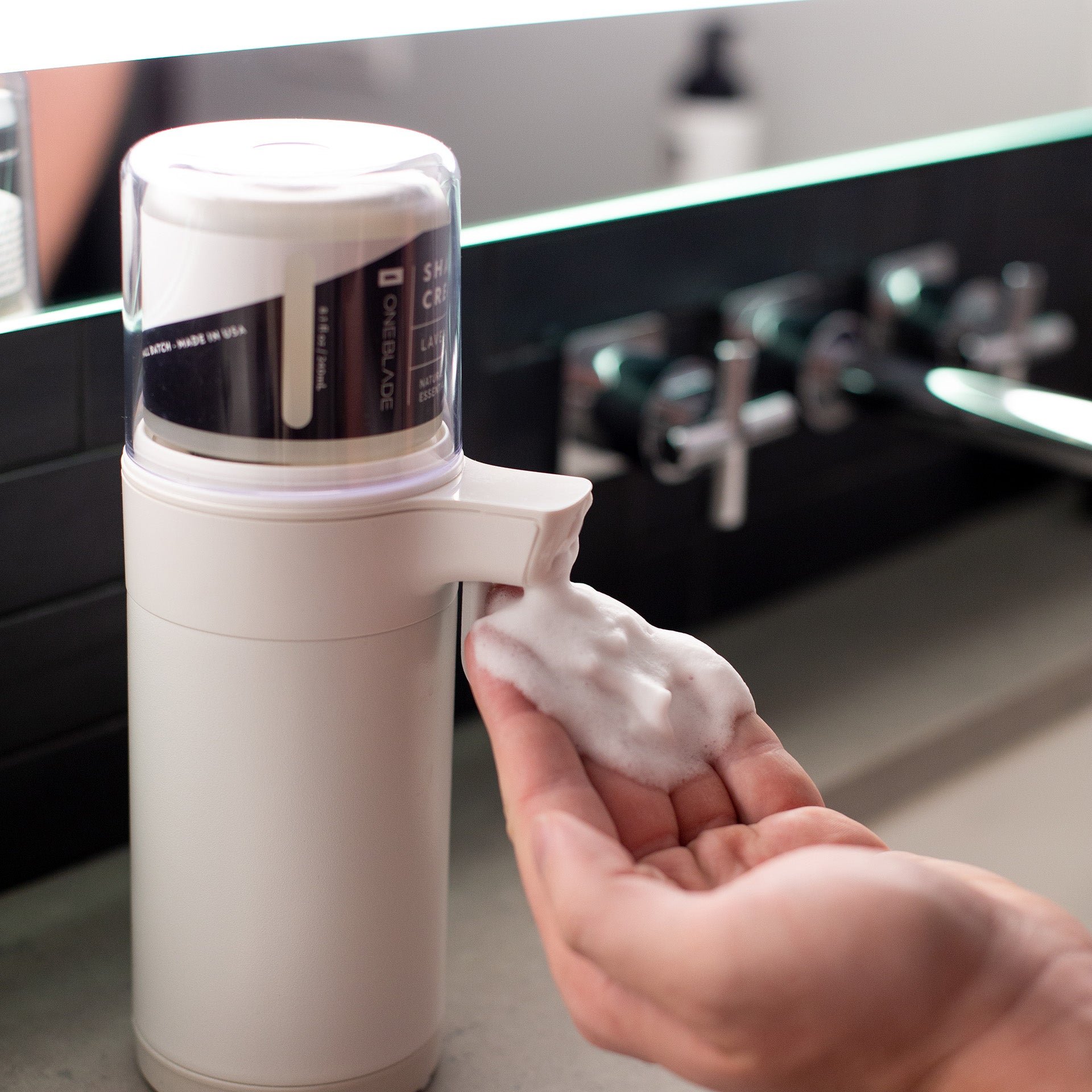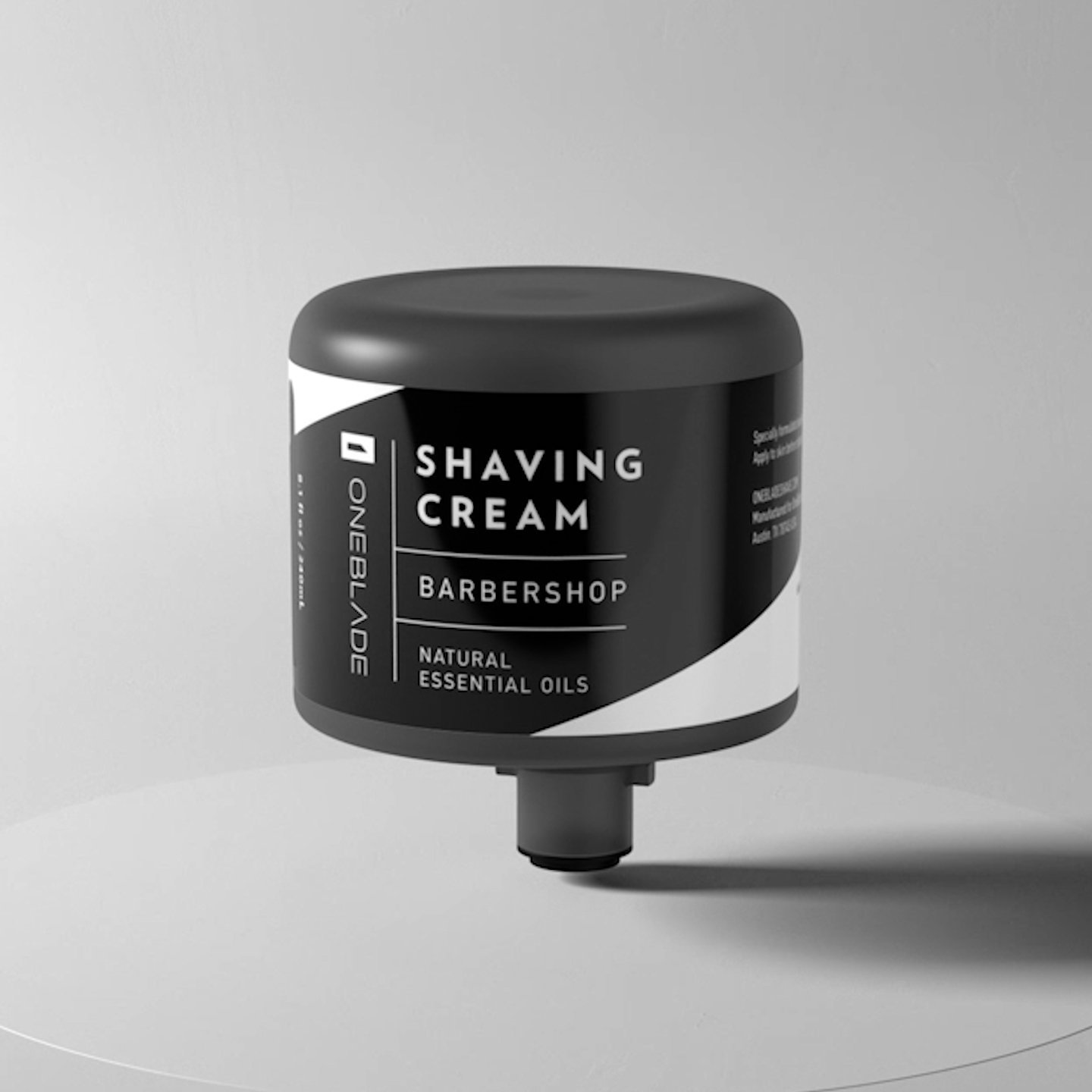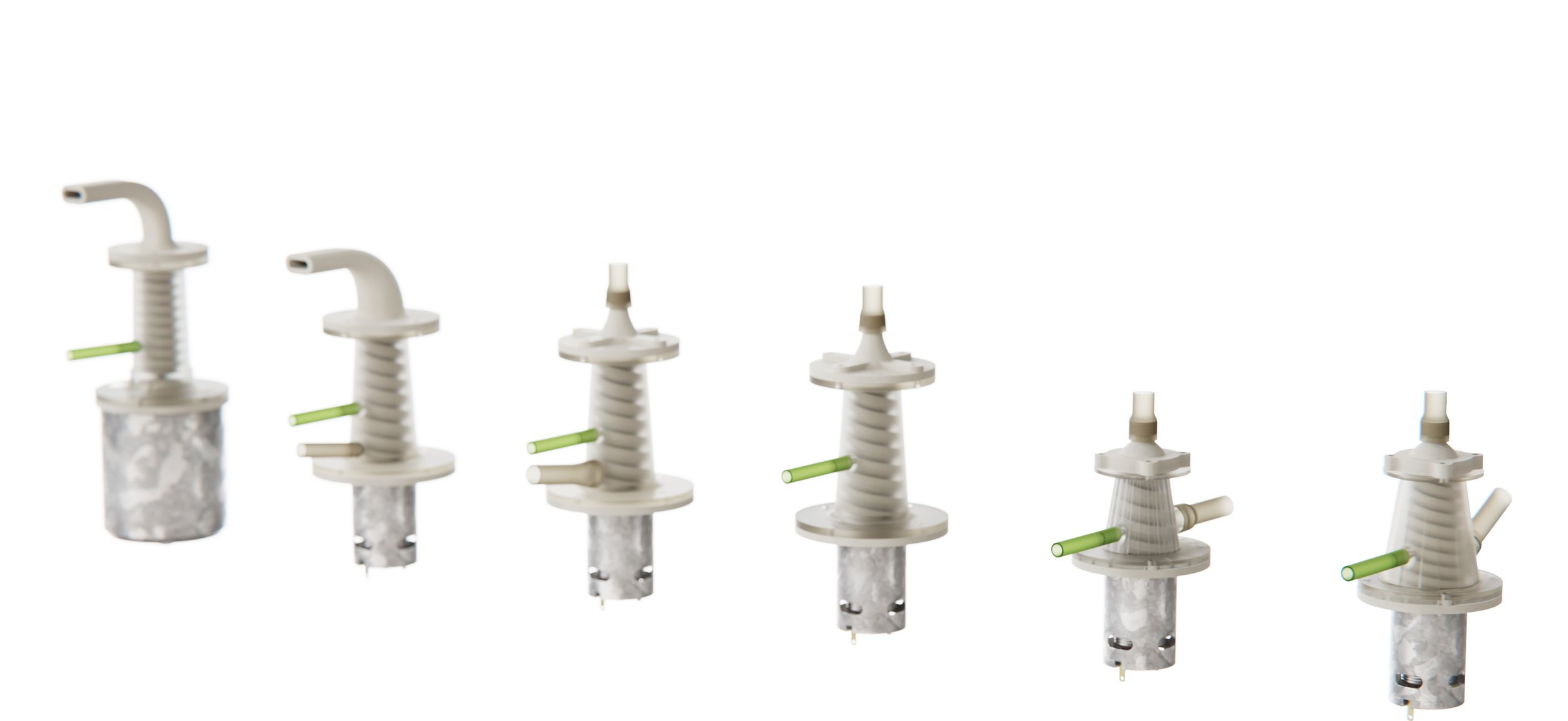A Hot, Fresh Shave
indulge in warm, rich shaving cream at the touch of a button. OneBlade’s Hot Lather Machine brings barbershop quality shaving lather to your morning shave routine, without aerosol propellants or harmful chemicals. All-natural liquid refill pods drop in and swap out in seconds.
Engineering + Design
Impel Studio developed a productionized mechanical design of the internal components to support the vision of a compact, smart grooming appliance, as well as providing industrial design services.
Whipped to a Froth
Inside, a miniature conical auger spins at 10,000 RPM, incorporating microscopic air bubbles in to the heated liquid shaving solution, creating a uniquely rich, warm lather. Painstaking research and iterative testing of rapid prototypes resulted in a motor and auger configuration that’s compact while still powerful enough to produce the thickest lather.
So Hot Right Now
A finely aerated lather is quite insulative, so the aerating chamber is cast from a thermally conductive alloy, and is wrapped with an efficient thin-film type electronic heating element. This keeps the internal liquid and air inlet tubes at a toasty 120°F, so the machine is always hot and ready. To reduce energy consumption the outer body is double walled stainless steel.
Closed System
Classic hot lather machines have an open-aired, carbureted design, prone to clogs without daily maintenance. The key to making the device user friendly for use at home was to envision it as a modernized, soap-injected, closed system. An innovative valve lever pinches the exit tube shut to positively seal the system from internal evaporation. A crystal clear pod cover seals tightly with a gasket.










